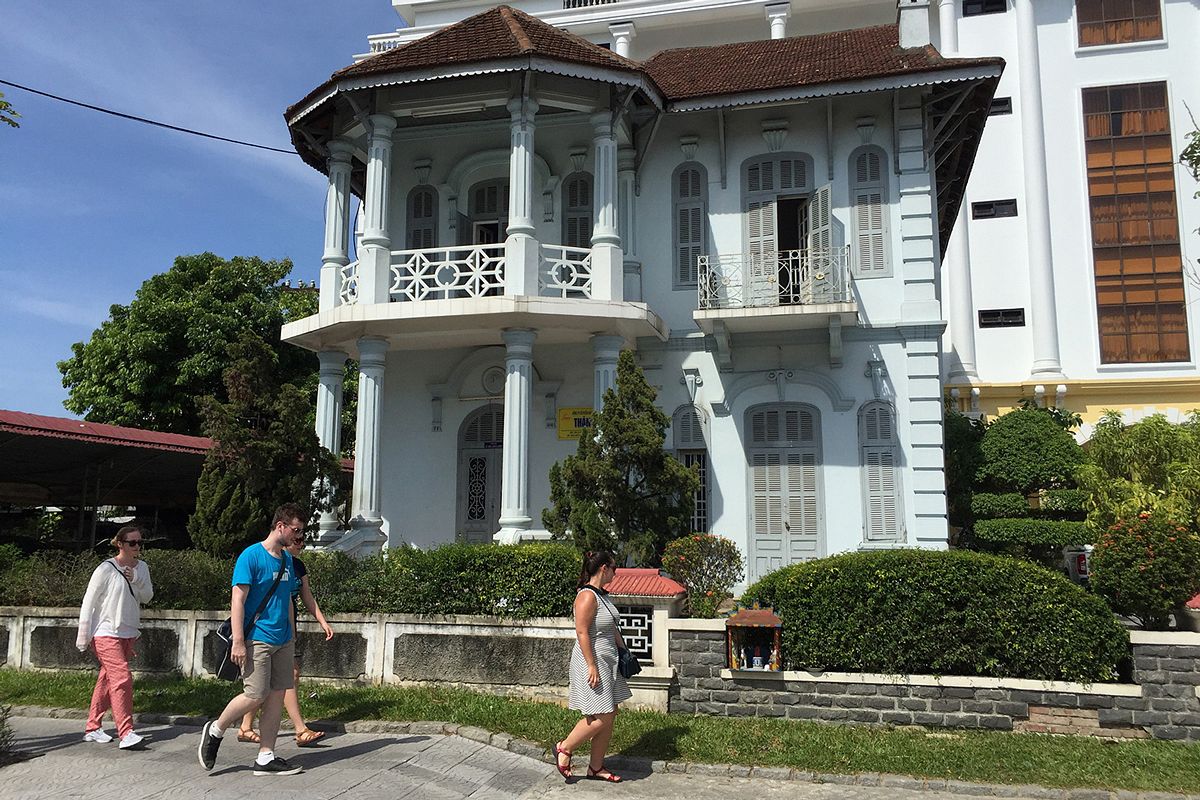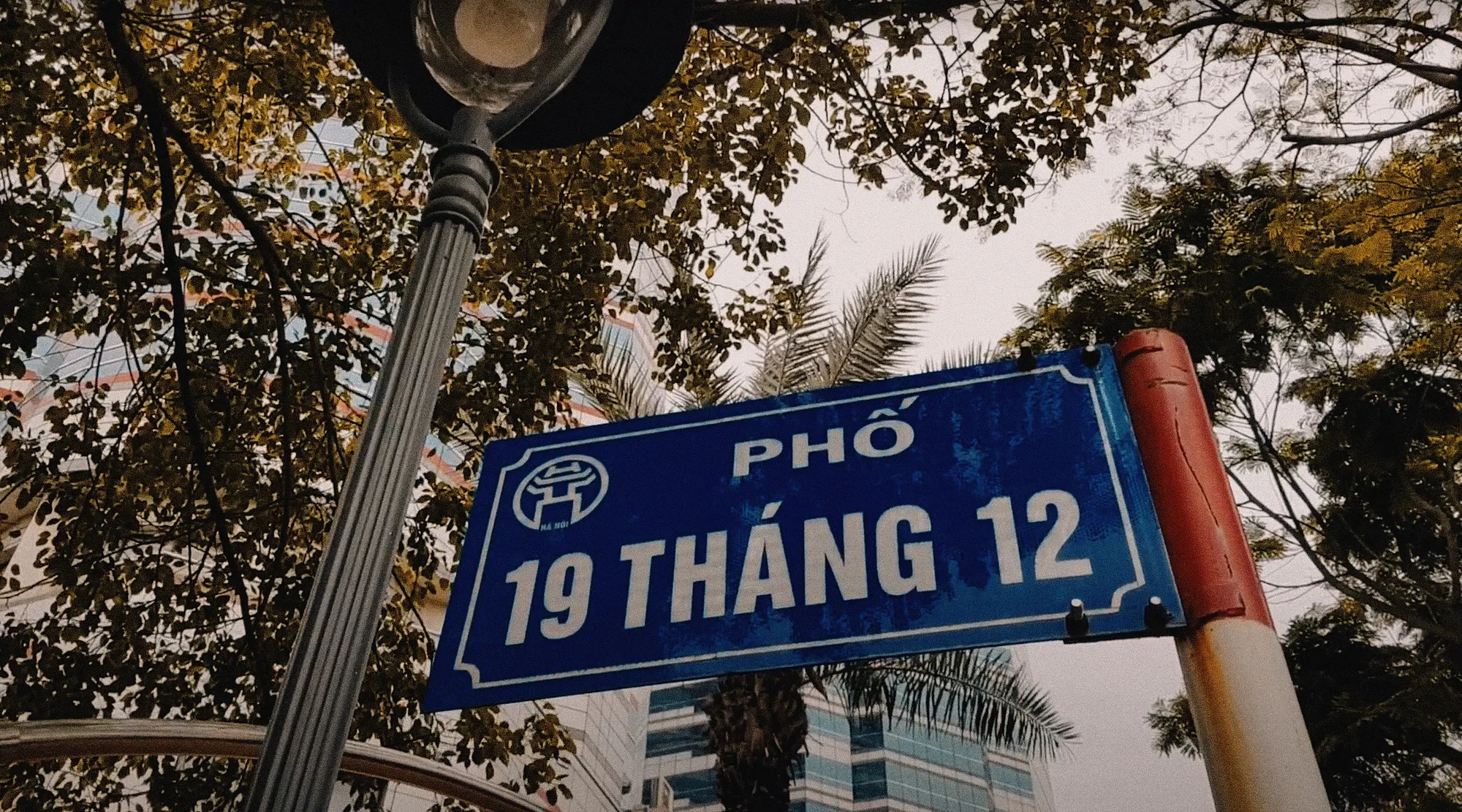Through several eras of colonization and numerous wars against foreign powers, history has shaped Vietnamese culture in a huge way. In today’s Saigon, much of this rich history is retained in an everyday feature that one might not pay attention to but can’t help noticing: street names.
Among the city’s massive collection of streets – most are named after famous historical and cultural figures – one may notice a special surname that seems to appear many times: Ton. From Ton That Thuyet to Ton That Dam to Ton That Thiep, members of the Ton family were some of the most fervent civil servants to have aided Vietnam’s royal family during the 19th century.
Ton That Thuyet, the patriarch of the family, had at least nine sons. Born in 1839 in Phu Mong village near Hue's Bach Yen River, Thuyet was the most important member of the Ton family in terms of historical significance, as he was the leading mandarin of Emperor Tu Duc, the fourth monarch of the Nguyen Dynasty.
Ton That Thuyet’s sterling military vision helped the empire squash many revolts organized by both internal and external forces. Because of his achievements, he was on the fast track to success after joining the emperor’s court.
Beyond career milestones, Thuyet also fathered nine sons. Among them, Ton That Dam and Ton That Tiep – commonly mistaken for Ton That Thiep due to the street name – were the most well-known for their participation in the fight against French influence in Vietnam. Their contribution was honored by the two corresponding streets, now located between Nguyen Hue Boulevard and Ham Nghi Street.
Because of the Ton family’s close bond with Emperor Ham Nghi, Ton That Dam and Ton That Tiep’s namesake streets also stay close to their leader’s: in today’s Saigon, Ton That Dam and Ton That Thiep run perpendicular to one another and both are in close proximity to Ham Nghi, forming a cozy neighborhood.
This geographical detail somehow mirrors the fate of the involved historical figures centuries ago. In 1885, Ton That Thuyet spearheaded Can Vuong, a nationwide insurrection against the French, but the effort was squashed. The French retaliated by storming the palace, forcing Emperor Ham Nghi, three empresses and the Ton clan into hiding. The brother duo Ton That Dam and Ton That Tiep were ordered to protect the king at all costs.
The band of fugitives then spent years living within the wilderness of Vietnam’s northern mountains. However, in 1888, Ham Nghi was betrayed by ex-official Truong Quang Ngoc, who led French forces to Ham Nghi’s hideout in Tuyen Hoa, Quang Binh province. Early that morning, Ham Nghi was caught mid-sleep. Ton That Tiep gave his life while protecting the king; he was only 17 years old.
Ton That Dam, after hearing of the emperor’s capture, also hanged himself because of the overwhelming grief and guilt over his failure to protect the king.
The Can Vuong movement was severely impeded by Ham Nghi’s arrest, thus Ton That Thuyet decided to seek help in China and tried to organize several more insurrections from there, but these were also crushed by French forces. Eventually, Thuyet was held under house arrest in China and slowly lost his mind. Chinese citizens living in Longzhou, China nicknamed him “da thach lao”, or the old man who fights rocks, because Thuyet, during his bouts of mental instability, often had swordfights with the rock formations in the garden.
In present-day Saigon, Ton That Thuyet’s name graces a riverside street in District 4, away from his sons in downtown District 1.
















